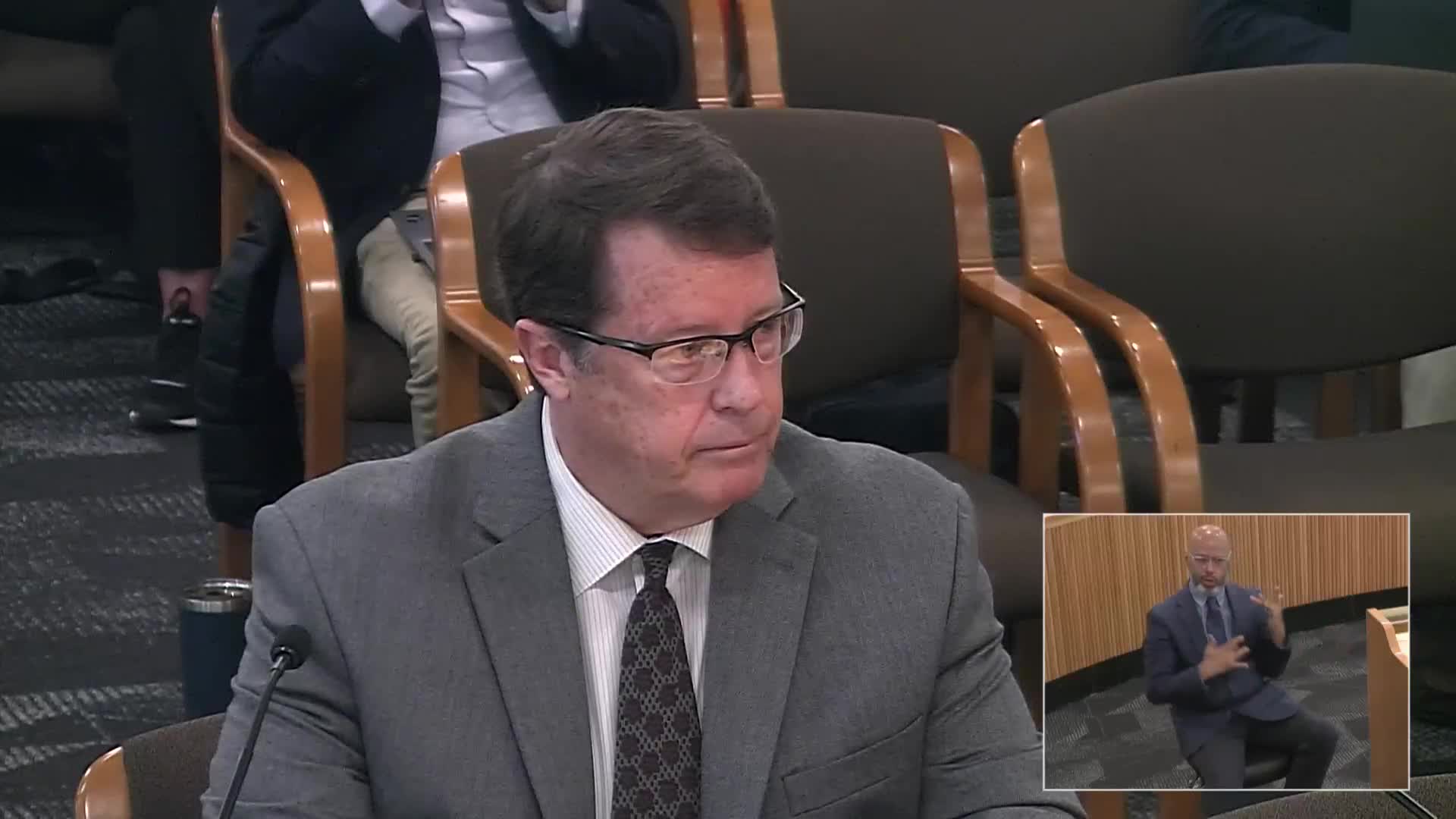Oregon lawmakers review brain injury definition for special education eligibility
May 05, 2025 | Education, Senate, Committees, Legislative, Oregon
This article was created by AI summarizing key points discussed. AI makes mistakes, so for full details and context, please refer to the video of the full meeting. Please report any errors so we can fix them. Report an error »

During a recent meeting of the Oregon Senate Committee on Education, lawmakers discussed a proposed bill aimed at redefining eligibility criteria for special education services, particularly concerning students with brain injuries. The bill seeks to include both internally and externally caused brain injuries under a unified definition, which advocates argue could streamline access to necessary educational support for affected students.
Senator Frederick emphasized that the intent of the bill is not to alter the assessment process for special education but to provide a clearer categorization for students with brain injuries. Currently, students with internally caused brain injuries often face barriers in qualifying for services, as they are frequently classified under the broader "other health impairment" category. This change aims to ensure that these students are recognized and assessed appropriately, potentially improving their access to individualized education programs (IEPs).
Concerns were raised during the discussion about the implications of broadening the definition. Some committee members questioned whether this change might inadvertently open the floodgates for students with less severe conditions, such as headaches, to qualify for special education services. However, proponents of the bill argued that the assessment process would remain rigorous, ensuring that only those who genuinely require specialized instruction would qualify.
The committee also addressed the need for training and guidance for educators to effectively implement the new definition. It was noted that many students currently receiving support under different classifications could benefit from this change without overwhelming the system.
As the committee moves forward, the focus will be on ensuring that the bill effectively addresses the needs of students with brain injuries while maintaining the integrity of the special education assessment process. The next steps will involve further discussions on training for educators and monitoring the impact of these changes on student access to services.
Senator Frederick emphasized that the intent of the bill is not to alter the assessment process for special education but to provide a clearer categorization for students with brain injuries. Currently, students with internally caused brain injuries often face barriers in qualifying for services, as they are frequently classified under the broader "other health impairment" category. This change aims to ensure that these students are recognized and assessed appropriately, potentially improving their access to individualized education programs (IEPs).
Concerns were raised during the discussion about the implications of broadening the definition. Some committee members questioned whether this change might inadvertently open the floodgates for students with less severe conditions, such as headaches, to qualify for special education services. However, proponents of the bill argued that the assessment process would remain rigorous, ensuring that only those who genuinely require specialized instruction would qualify.
The committee also addressed the need for training and guidance for educators to effectively implement the new definition. It was noted that many students currently receiving support under different classifications could benefit from this change without overwhelming the system.
As the committee moves forward, the focus will be on ensuring that the bill effectively addresses the needs of students with brain injuries while maintaining the integrity of the special education assessment process. The next steps will involve further discussions on training for educators and monitoring the impact of these changes on student access to services.
View full meeting
This article is based on a recent meeting—watch the full video and explore the complete transcript for deeper insights into the discussion.
View full meeting
